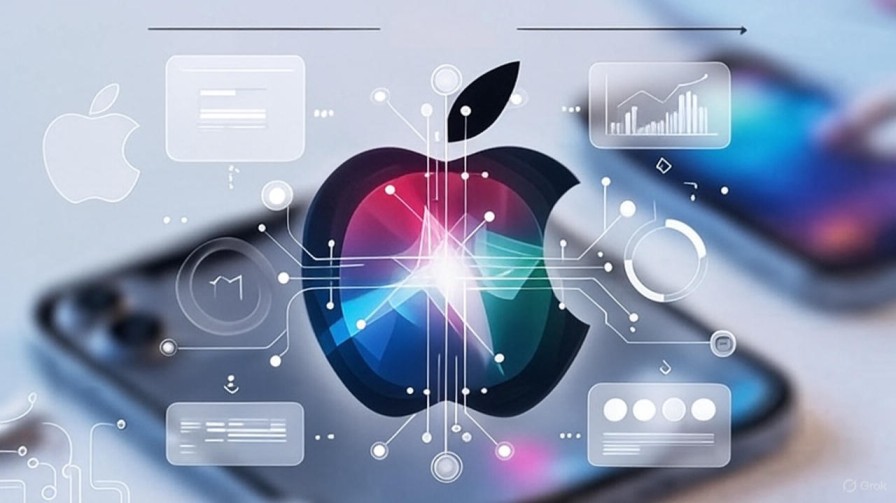Apple Taps Google’s AI to Power a Smarter, More Conversational Siri

Apple is preparing to infuse the next-generation Siri with Google’s cutting-edge AI model, marking one of the most surprising partnerships in recent tech history. The collaboration is aimed at delivering smarter, more natural conversations and faster responses across iPhones. The move signals Apple’s urgent drive to strengthen its AI capabilities as competition intensifies across the industry.
Background: Why Apple Needed a New Strategy
For years, Siri lagged behind rival assistants powered by large language models such as ChatGPT and Google’s own Gemini. Apple’s cautious approach to AI development, centered on privacy and on-device processing, slowed its ability to deploy more advanced conversational tools. As generative AI surged, expectations for digital assistants changed—and Apple needed a significant leap forward.
Key Development: Google’s AI Model Comes to Siri
Apple’s next major software cycle will introduce a revamped Siri built on Google’s state-of-the-art AI model. This model enables Siri to handle complex instructions, multi-step tasks, and conversational context far more effectively than before. Apple reportedly selected Google’s technology for its reliability, efficiency, and ability to run on-device for sensitive commands.
With the integration, Siri will be able to, for example, summarize messages, draft responses, automate app actions, and interpret more nuanced user prompts. Developers are also expected to gain access to new APIs to extend these capabilities across apps.
Technical Breakdown: What This Means in Practice
Google’s AI model is a large language model designed to understand natural language, interpret intent, and generate human-like responses. Apple will optimize the model to run partially on-device—where tasks like reminders, search, or app triggers can execute without cloud access. More complex requests may temporarily use Apple’s encrypted cloud processing.
This hybrid approach blends Apple’s privacy-first philosophy with Google’s model strength.
Implications: A Turning Point for Voice Assistants
The partnership could redefine how consumers view AI assistants. Siri gains the conversational intelligence users have long demanded, while Google’s model reaches millions of new devices—potentially expanding its influence in the AI ecosystem. For Apple users, the upgrade means a more intuitive, reliable assistant that works seamlessly across apps and services.
Developers may also see new opportunities to build AI-powered workflows inside their apps.
Challenges & Limitations
The tie-up raises questions about data governance, competitive dynamics, and long-term strategy. Apple must reassure users that despite relying on Google’s model, privacy remains fully intact. Performance may also vary across device generations, as older iPhones might not support certain on-device features.
Additionally, relying on a competitor’s AI model could limit Apple’s independence—especially as the company continues to develop its own in-house alternatives.
Future Outlook
The upgraded Siri is expected to debut with Apple’s next major OS release and future iPhone models. Analysts believe this could pave the way for a deeper restructuring of Apple’s software experience, blending native apps and AI-driven automation into a unified personal assistant layer.
If the rollout is successful, users may see Apple expand AI-driven features across Photos, Messages, Mail, and productivity apps.
Conclusion
Apple’s adoption of Google’s AI model for Siri marks a watershed moment in tech collaboration. By prioritizing user experience over rivalry, Apple is positioning Siri to once again become a central—and genuinely useful—part of the iPhone experience. The next generation of voice assistants may well be shaped by this unexpected alliance.